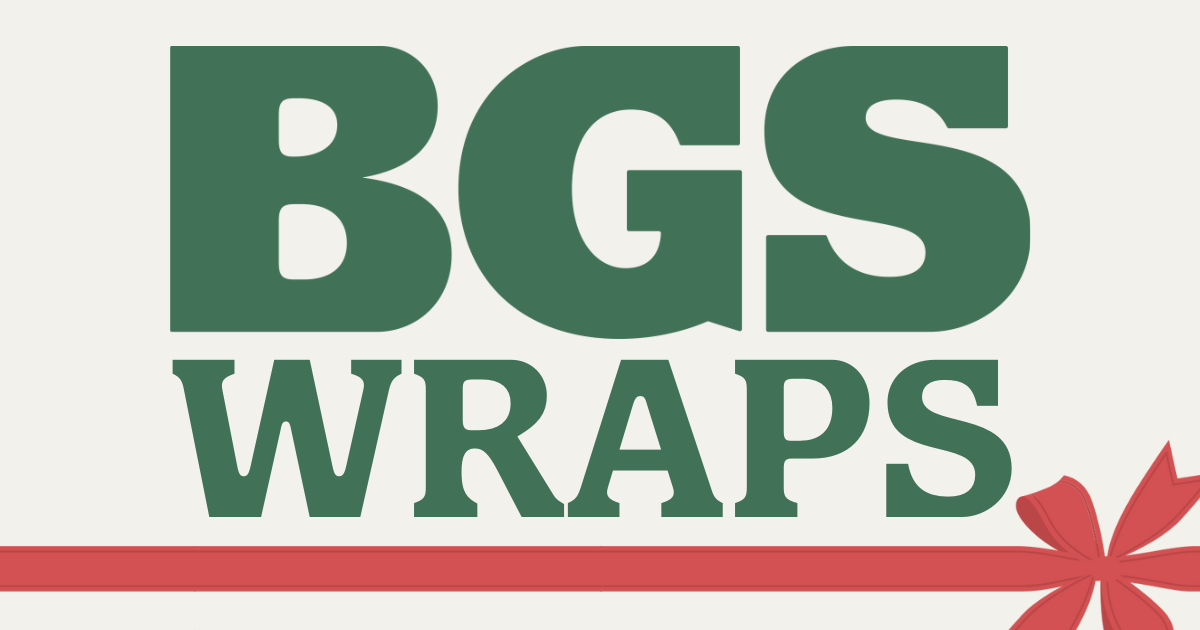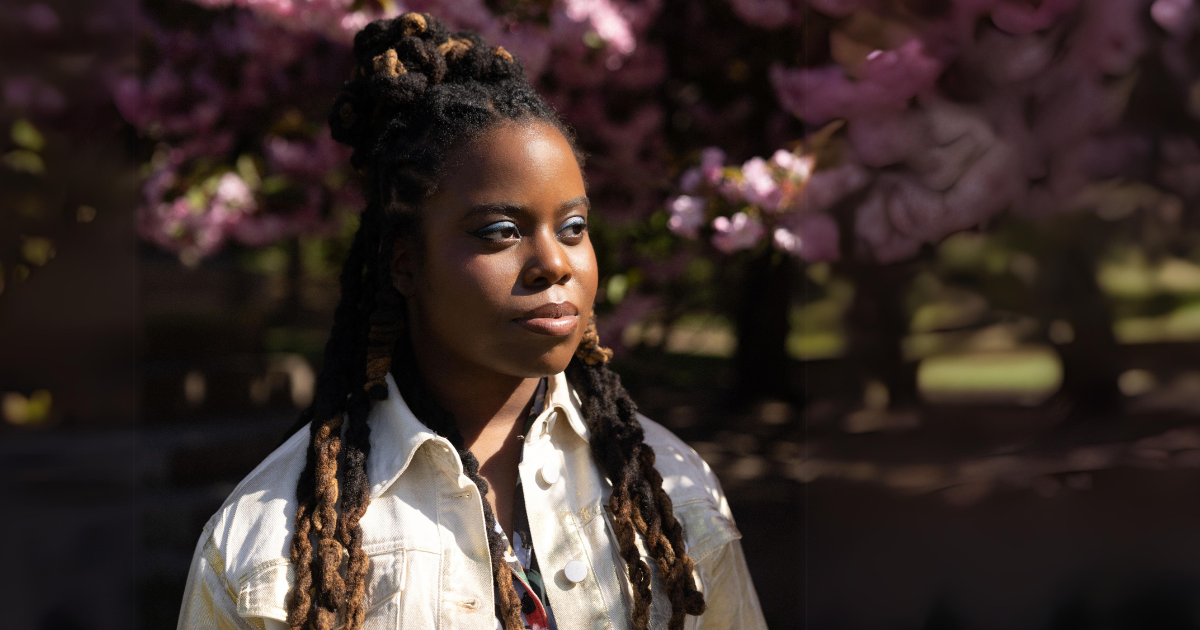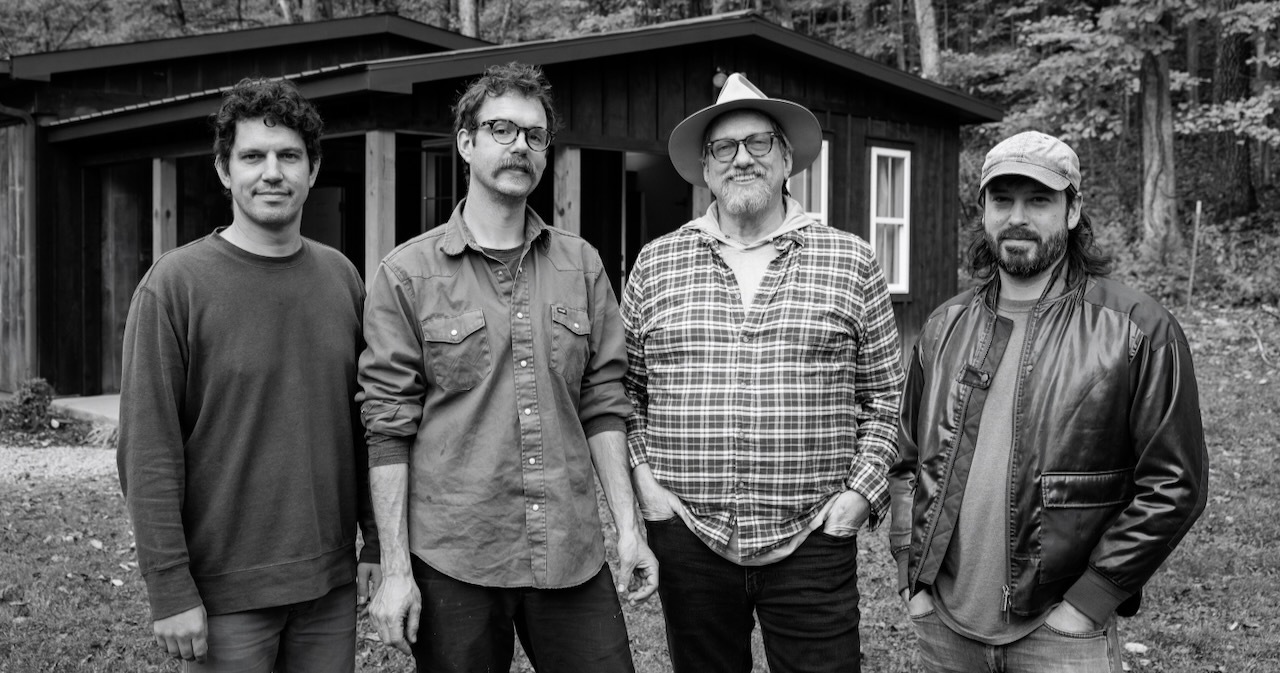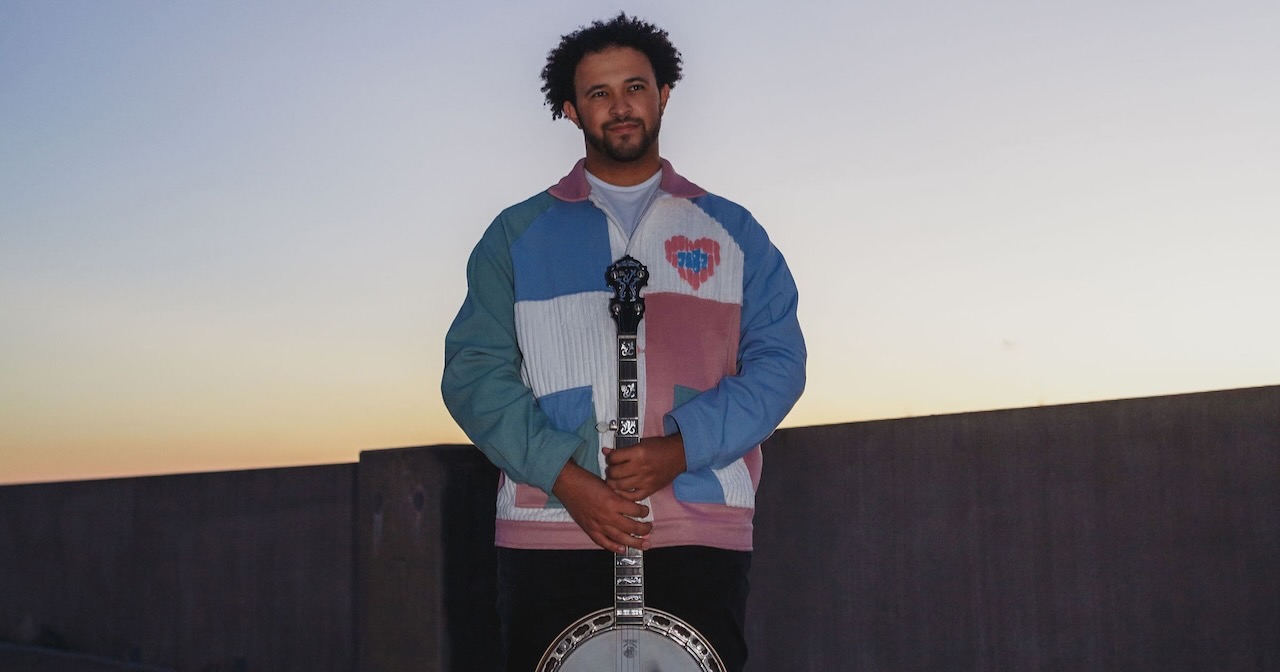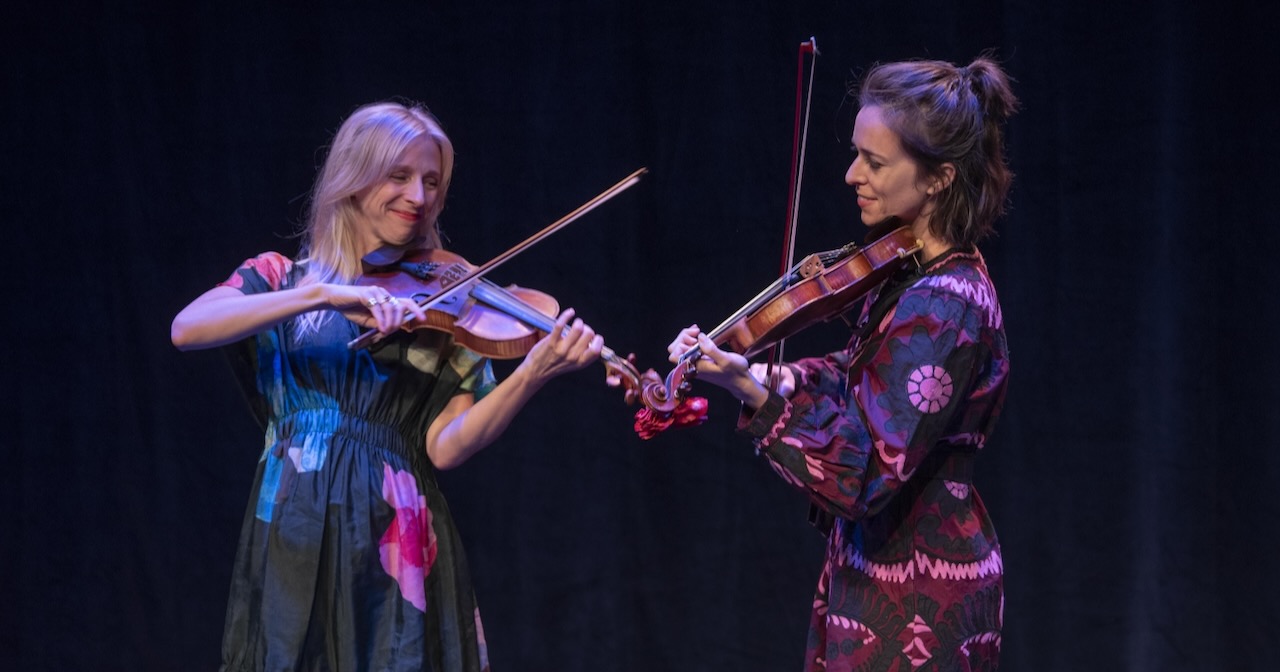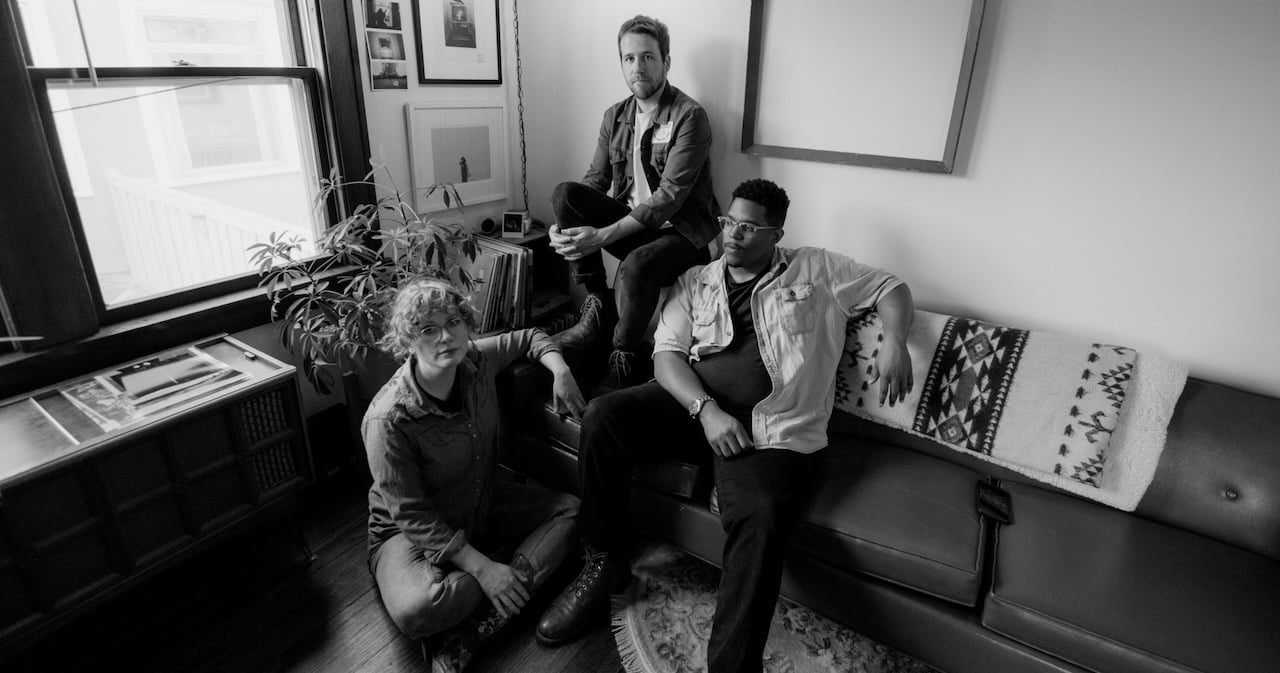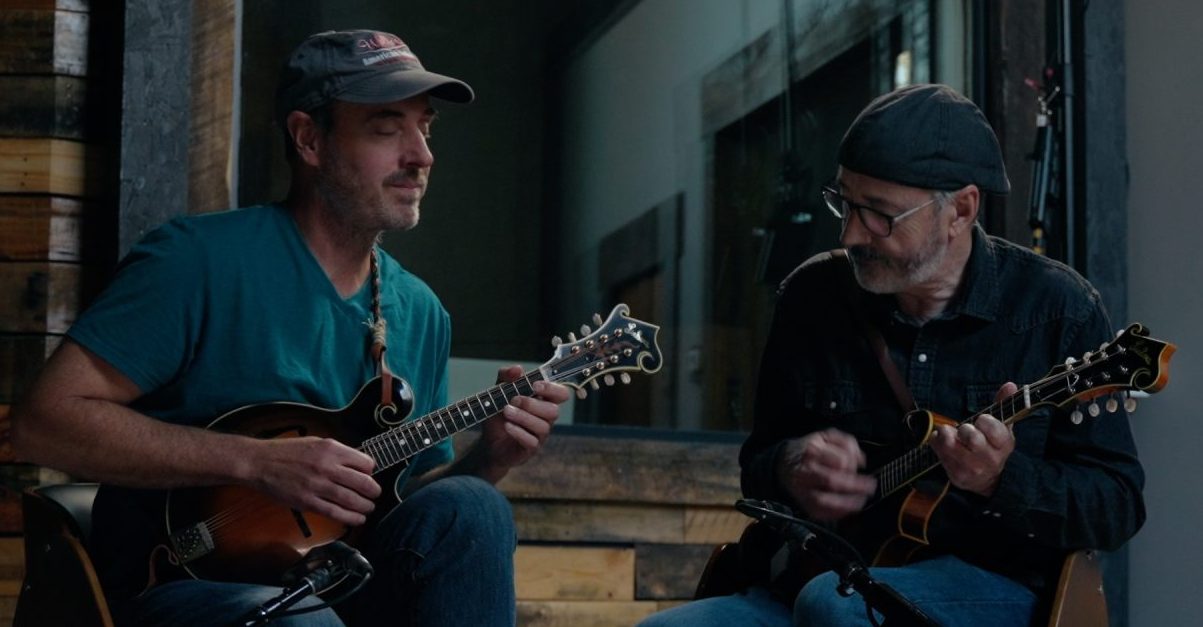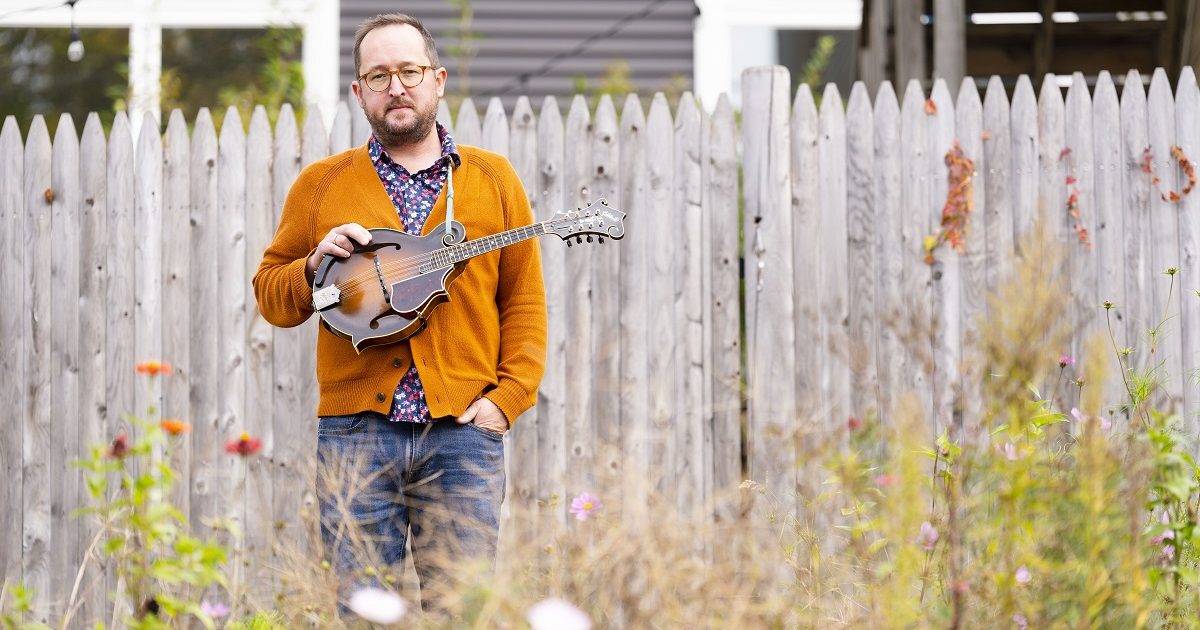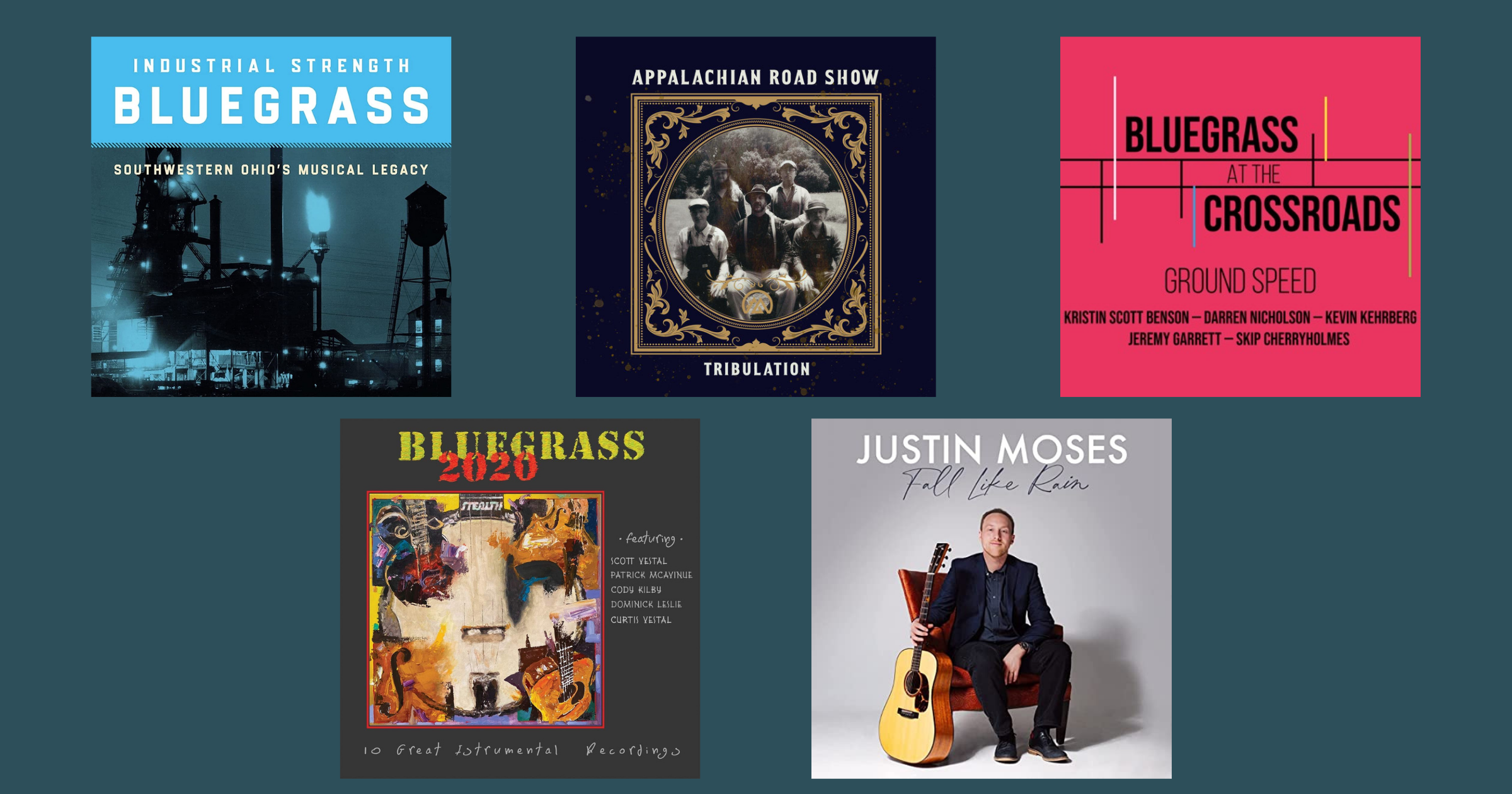Each year, the BGS Team likes to “wrap up” the year in music by featuring holiday, seasonal, and festive tunes and songs throughout the month of December. It’s a perfect way to generate holiday cheer while shining a light on some of the high quality new – and timeless! – seasonal music we’ve got playing on repeat each winter. And, it gives us the chance to infuse our veteran/stalwart holiday playlists with some new life, too.
This year, we’ll be sharing songs, albums, shows, and events each day for the first three weeks of December, a musical bridge to bring us to the peak holiday season, the end of one year, and the beginning of another. Check back each day as we add more selections to these weekly posts, highlighting roots music that will soundtrack our solstice, Christmas, Hanukkah, Kwanzaa, and New Year.
What are you listening to this time of year? Let us know on social media! Scroll to find our complete BGS Wraps playlist for 2024 below. You can check out Week 2 of BGS Wraps here and Week 3 of BGS Wraps here.
Chapel Hart, Hartfelt Family Christmas
Artist: Chapel Hart
Album: Hartfelt Family Christmas
Release Date: October 25, 2024
In Their Words: “The Hartfelt Family Christmas album feels like a true classic with a fresh, updated feel that I can’t get enough of. The mix of songs on the album range from ones that make you want to get up and dance to ones that will have you driving and bawling your eyes out. This album is a must-have for the holiday season, as it truly captures the spirit of Christmas, and I believe gives you a warm welcome into the Christmas season with Chapel Hart! I highly recommend adding this album to your holiday music collection.” – Danica Hart, via press release
From The Editor: “One of our favorite groups in country, Chapel Hart are continuing collectivist country sounds a la the Chicks, Pistol Annies, Little Big Town – while keeping it in the family. Sisters Danica and Devynn Hart and their cousin Trea Swindle render classic holiday songs and originals with crisp, mainstream production plus a cozy, living room family reunion vibe. Plenty of special guests appear on the project, too, from Gretchen Wilson and Rissi Palmer to Vince Gill and the Isaacs. It sometimes feels tough to discover new holiday music when the classics we return to each year are such high quality; Hartfelt Family Christmas fits right in, though, and is sure to become a wintry stalwart for many Christmas playlists to come.”
The McCrary Sisters, A McCrary Kind of Christmas
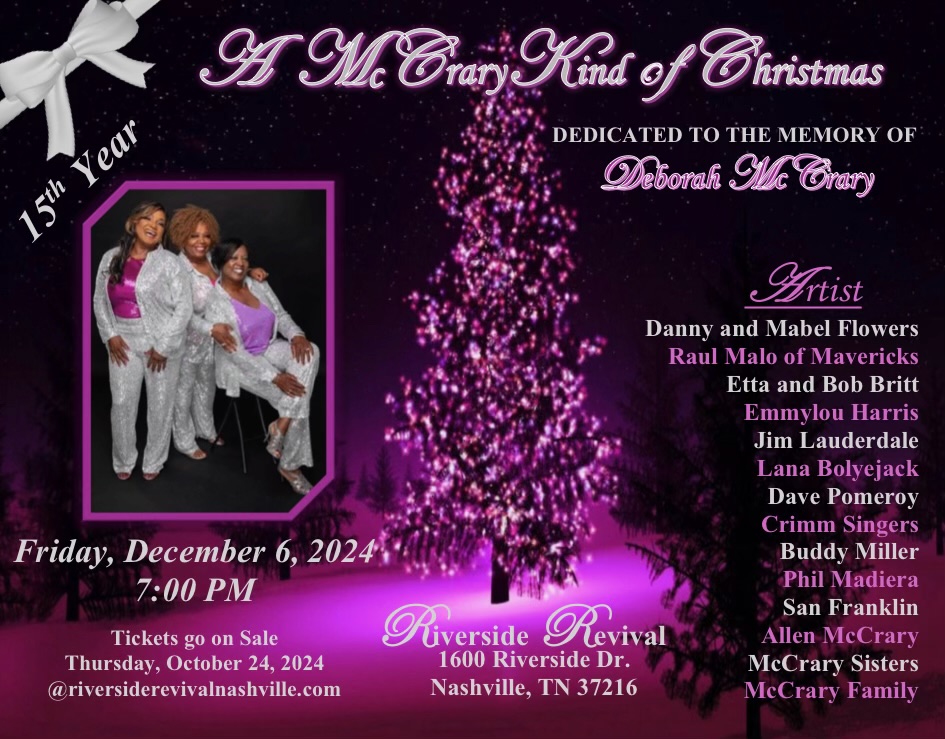
Artist: The McCrary Sisters
Event: A McCrary Kind of Christmas
Date: December 6, 2024
Location: Riverside Revival, Nashville, Tennessee
In Their Words: “I have always loved this time of the year, because people seemed to love or like each other. We should love all year long, but unfortunately we don’t. So I will take a season of love, rather than no love at all. We take this time of the year to be a blessing to others. It brings my heart joy to be able to give to others. When you have lived without yourself, then you know how it feels when someone takes the time to acknowledge you and bless you. It is important to us to be a blessing to others. This annual benefit show has blessed so many families over the years, and each year we want to give more and more. St. Jude Children’s Research Hospital helps so many families, so it is an honor to be able to give back to them along with local Nashville families. IT IS A BLESSING TO BE A BLESSING.” – The McCrary Sisters, via press release
From The Editor: “The McCrary Sisters are a Nashville institution, as is their annual holiday celebration, A McCrary Kind of Christmas – now in its 15th year. Happening tomorrow, December 6, at Riverside Revival in Nashville, Tennessee, A McCrary Kind of Christmas will benefit St. Jude’s Children’s Research Hospital and will feature performances by Emmylou Harris, Jim Lauderdale, Buddy Miller, Raul Malo, Dave Pomeroy, the McCrarys, and many more.
“This is a Music City holiday extravaganza not to be missed! Tickets are already sold out for A McCrary Kind of Christmas, but for those who didn’t get a chance to support the music and the cause, donations can be made directly to St. Jude’s here. And, lucky for all of us, the McCrarys released their essential Christmas album, A Very McCrary Christmas, back in 2019 – so make a donation, put on the album, and enjoy your own taste of A McCrary Kind of Christmas wherever you are.”
Väsen & Hawktail, “The Tobogganist”
Artist: Väsen & Hawktail
Song: “The Tobogganist”
Release Date: September 20, 2024
In Their Words: “We can’t really believe that we got to make this album with our heroes in Väsen. But we did! It’s called Väsen & Hawktail…” – Hawktail, via social media
From The Editor: “Two virtuosic, groundbreaking trad instrumental groups join forces and cross-pollinate continents – and generations – on Väsen & Hawktail (released in September by Padiddle Records and Olov Johansson Musik). This is a standout acoustic album of the year, certainly; a perfect selection among the album’s stunning tracks for BGS Wraps is ‘The Tobogganist,’ a composition we first highlighted when it was recorded by Hawktail for their album Formations in 2020. Bluegrass, old-time, and fiddle music from any/all countries of origin have catalogs packed full of seasonal and holiday tunes that may be connected to holiday and year-end festivities by title alone. ‘The Tobogganist’ is a perfect example of the form, though its peaks and valleys text paint an exciting and joyous wintry scene for listeners, lyrics or no.”
Caylee Hammack, “Blue Christmas”
Artist: Caylee Hammack
Song: “Blue Christmas”
Release Date: October 18, 2024
In Their Words: “I never knew ‘Blue Christmas’ needed a steel guitar solo until I spent some time reimagining this song, and Bruce Bowden brought the twang we needed to country fry this classic Christmas canon. I take the holidays as a time to revisit old memories and old songs, even when it wasn’t always a happy time for me, but I’ve come around that bend. Every year that I get to produce another Christmas record to share, makes me feel more in love with this season.” – Caylee Hammack, via press release
From The Editor: “Every holiday playlist needs some Good Country – and Caylee Hammack certainly checks that box with her Blue Christmas EP released in October. Don’t miss her playful, personable reimaginations of ‘Christmas (Baby Please Come Home)’ and ‘Hard Candy Christmas’ alongside her twangy rendition of ‘Blue Christmas.’ Hammack has been on the Music City beat for years, the groundwork for the well-deserved momentum she’s enjoying at the moment being laid deliberately and intentionally over time.”
Adam Chaffins, “Layaway Momma”
Artist: Adam Chaffins
Song: “Layaway Momma”
Release Date: November 15, 2024
In Their Words: “I’m not sure co-writer Eric Paslay and I knew we were actually writing a Christmas song when we started on ‘Layaway Momma.’ Little by little, we unwrapped this tale of overcoming adversity while staying true to yourself – told through the story of a mother’s determination to ensure her little boy has a good Christmas. I think in the end, we wrote an anthem to the single parent who is not looking for pity, but is working her way towards the American Dream.” – Adam Chaffins, via press release
From The Editor: “Country and string band textures combine on Chaffins’ timely and tender seasonal track, ‘Layaway Momma.’ While much noise is made in the media, pre- and post-election, about ‘the economy’ and its performance, Chaffins – an accomplished multi-instrumentalist, vocalist, and songwriter in bluegrass, Americana, and beyond – and his co-writer Paslay point out that for many, our economy has never functioned properly. This is especially clear this time of year, as consumption snowballs and those with less feel the financial pinch even more prominently. Chaffins treats his subject, the Layaway Momma herself, with dignity and care – this isn’t just your typical holiday poverty porn, and that’s certainly a breath of fresh air.”
